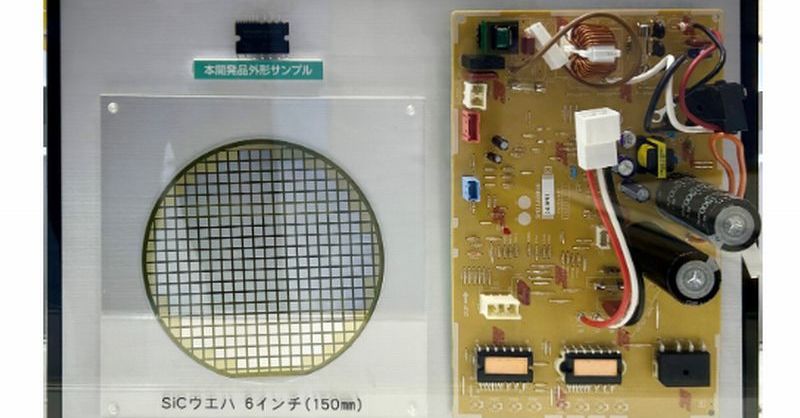SiC IPM: Revolutionizing Air Conditioning with Reduced Energy Consumption
Air conditioning is essential for comfort and productivity in many parts of the world, but it's also a significant energy consumer. The quest for more energy-efficient cooling solutions has led to significant advancements, and one promising technology is the Silicon Carbide Integrated Power Module (SiC IPM). This article delves into how SiC IPMs are poised to dramatically reduce energy use in air conditioners, contributing to a greener future.
Understanding the Energy Efficiency Challenge in Air Conditioning
Traditional air conditioning systems rely heavily on power-hungry components. Inefficient compressors and power conversion stages lead to substantial energy losses, contributing to high electricity bills and a larger carbon footprint. The need for more sustainable cooling solutions is more pressing than ever, given growing concerns about climate change and rising energy costs.
The Limitations of Traditional Technologies
- High switching losses: Traditional IGBT (Insulated Gate Bipolar Transistor) based inverters used in AC units suffer from significant switching losses, leading to wasted energy.
- Larger size and weight: IGBT-based systems are often bulky and heavy, impacting design and installation.
- Lower efficiency: The overall efficiency of traditional AC units is comparatively low, resulting in higher operating costs.
SiC IPM: A Game Changer for Energy Efficiency
Silicon Carbide (SiC) is a wide-bandgap semiconductor material that offers superior performance compared to traditional silicon-based components. SiC IPMs integrate multiple SiC power devices, gate drivers, and protection circuits onto a single module, resulting in a more compact, efficient, and reliable solution.
Key Advantages of SiC IPMs in Air Conditioners:
- Significantly Reduced Switching Losses: SiC MOSFETs (Metal-Oxide-Semiconductor Field-Effect Transistors) exhibit much lower switching losses than IGBTs, leading to substantially improved energy efficiency.
- Higher Power Density: The smaller size of SiC IPMs allows for more compact and lightweight air conditioner designs.
- Improved Efficiency at Higher Frequencies: SiC allows for operation at higher switching frequencies, leading to further efficiency gains and smaller passive components.
- Enhanced Reliability and Durability: SiC devices are known for their robustness and ability to withstand higher temperatures and voltages.
- Reduced Cooling Requirements: Lower switching losses mean less heat generation, potentially reducing or eliminating the need for bulky heat sinks.
Real-World Impact and Future Outlook
The integration of SiC IPMs in air conditioners promises substantial reductions in energy consumption, leading to:
- Lower Electricity Bills: Consumers can expect significant savings on their energy bills.
- Reduced Carbon Footprint: Lower energy consumption translates to lower greenhouse gas emissions.
- Improved System Reliability: The inherent reliability of SiC devices contributes to longer lifespan and reduced maintenance costs.
Several leading air conditioner manufacturers are actively exploring and integrating SiC IPM technology into their products. While the initial cost of SiC IPMs might be higher than traditional solutions, the long-term cost savings and environmental benefits make it a compelling investment. We can expect to see wider adoption of this technology in the coming years, driving the next generation of energy-efficient air conditioning systems.
Conclusion: Embracing a Sustainable Cooling Future
SiC IPM technology represents a significant leap forward in air conditioning efficiency. By addressing the limitations of traditional technologies, SiC IPMs pave the way for a more sustainable and cost-effective cooling future. As research and development continue, we can anticipate even greater improvements in performance and affordability, making SiC IPMs a crucial component in the global effort towards energy efficiency and environmental sustainability. For more information on advancements in power electronics and energy efficiency, explore resources from reputable industry organizations and research institutions.
(Note: This article includes keywords such as "SiC IPM," "energy efficiency," "air conditioner," "Silicon Carbide," "power electronics," "sustainable cooling," and related terms for optimal SEO.)
